The ongoing conflict in Ukraine has caused a number of economic and geopolitical ramifications that are still being felt today. One issue that stands out is the impact the conflict has had on raw material prices.
As Ukraine is one of the world’s largest producers of grain and other commodities, its political instability has caused waves throughout the global commodities markets, in the manufacturing sector, for raw material suppliers, and other stakeholders.
These fluctuations in prices have provided opportunities for profit but have also made it challenging to predict long-term trends in raw material prices which in turn has limited investment.
Additionally, the geopolitical tensions created by the war have led to market speculation, further exacerbating price volatility.
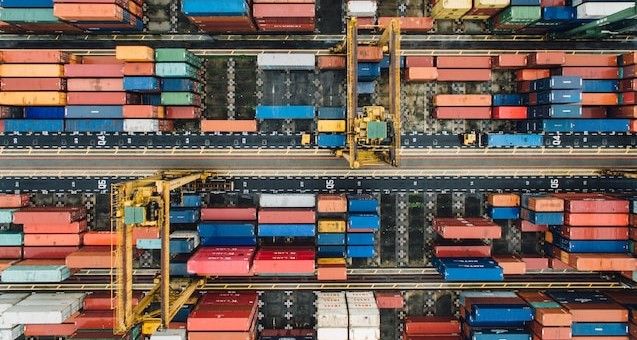
The impact on energy prices
The impact of the conflict on energy prices has been felt around the world, as higher natural gas prices in Europe caused buyers to shift towards other suppliers, driving up demand in other markets. This has created opportunities for natural gas producers outside of Europe, as they look to take advantage of the shift in demand.
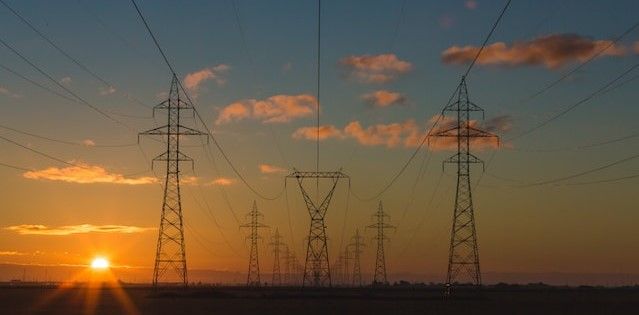
Most successful of these have been American and Norwegian producers of LNG which is now more easily imported into Europe via quickly built LNG shipping terminals. Producers in Libya and the Middle East are also working to expand their exports of this commodity into Europe as long as supplies from Russia remain restricted.
The impact on metal prices
Ukraine is a significant producer of minerals such as chromite, ilmenite, rutile, and nickel. The conflict in the region has caused significant disruptions in the mining and extraction sector, leading to a decrease in production. This has led to a surge in prices for these raw materials in the global market.
Another market suffering from the region’s political instability is the steel sector, where Ukraine is one of the world’s largest producers. This has led to fluctuations in steel prices, with investors responding to changes in supply and potential demand.
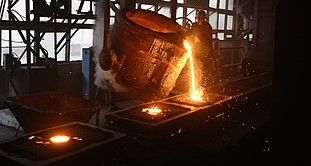
These fluctuations have had a mixed impact on global steel producers. Some have benefited from increased demand for their products as Ukrainian steel mills have been forced to cut output, while others have struggled to deal with the increased uncertainty and volatility.
This volatility presents both challenges and opportunities. While price fluctuations can create opportunities for profit, the unpredictability of the market can make it difficult to plan for the future, which in turn limits long-term investment.
The impact of sanctions
Economic sanctions on Russia have also had a significant impact on raw material prices, particularly in Europe. These sanctions, which were imposed by the United States and the European Union in response to Russia's 2014 annexation of Crimea and targeted key sectors of the Russian economy, including energy, finance, and defence. Further sanctions were later applied in response to the invasion in 2022.
This has resulted in the further decline in Russian production and export of natural resources such as oil, gas, coal, and metals which has affected global prices for raw materials in diverse ways.
For instance, the sanctions have contributed to a price increase in aluminium, as the restrictions have limited the export of bauxite, a key raw material used in the production of aluminium.
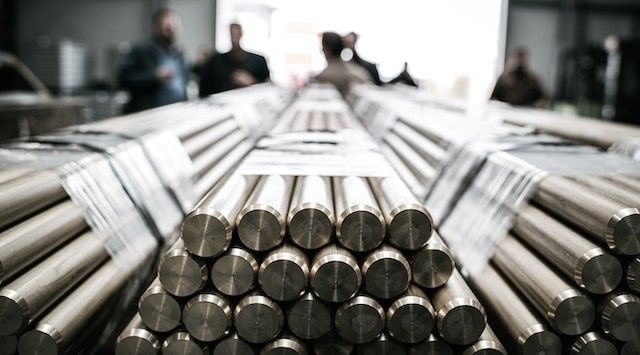
Similarly, the sanctions have made it more difficult for European companies to purchase natural gas from Russia, which has not only contributed to higher prices for both domestic and manufacturing purposes but has also severely disrupted European chemical manufacturers reliant on natural gas as an industrial chemical feedstock.
On the other hand, the sanctions have also led to a decrease in demand for some commodities. As Russia's economy has been hit by the sanctions, the demand for raw materials such as steel and copper, which are used in manufacturing and construction, has actually declined, causing more price instability in an already confused market.
It is worth noting that the effects of the conflict on raw material prices are not uniform across all materials, with some being far more affected than others.
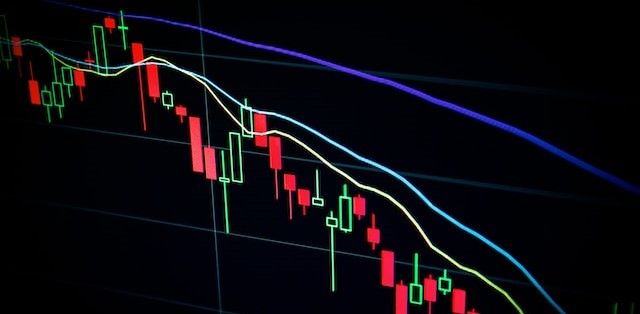
Ultimately, the war in Ukraine serves as a reminder of the interconnectedness of the global economy. Disruptions in one part of the world can have far-reaching consequences, affecting prices and supply chains on the other side of the planet.
Understanding and managing these impacts will be key for companies, procurement officers, raw material suppliers, and policymakers as they navigate the current global economic climate. Consequently, industry experts should continue to monitor the situation and adjust strategies to respond to changing raw material prices.
Photo credit: Chuttersnap on Unsplash, Maxim Hopman, Kasper Gant, Wikimedia, Matthew Henry, & Wannapik